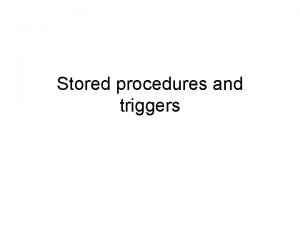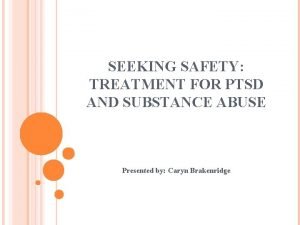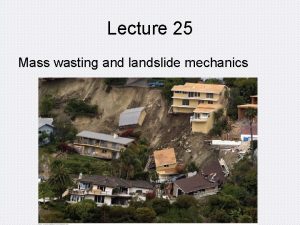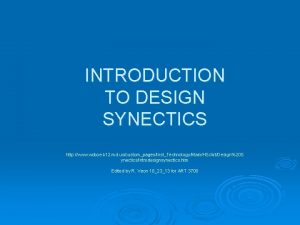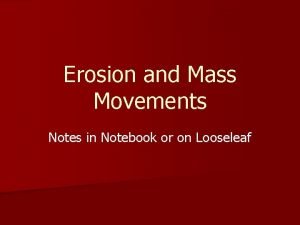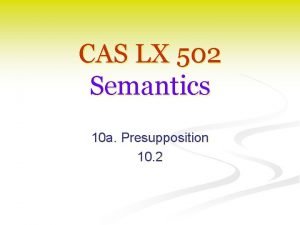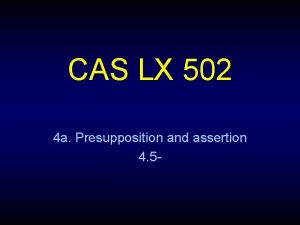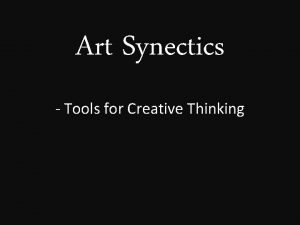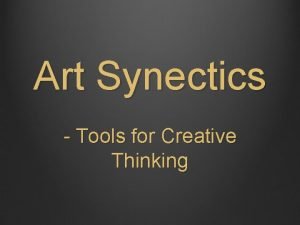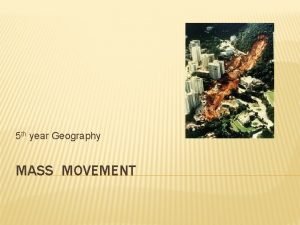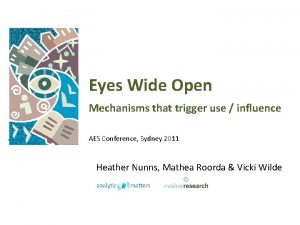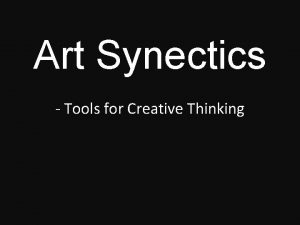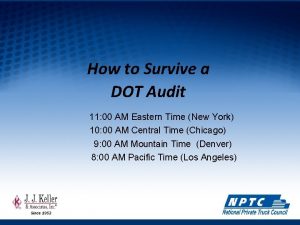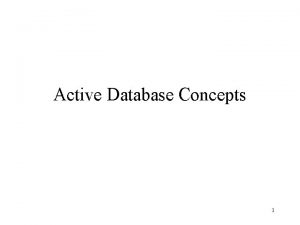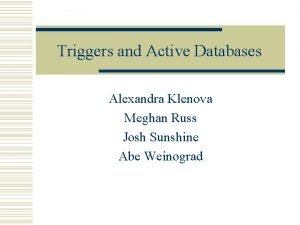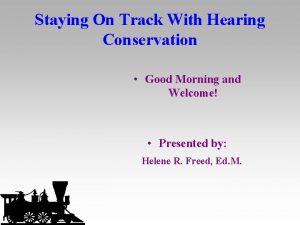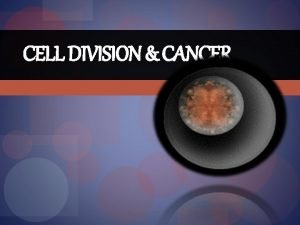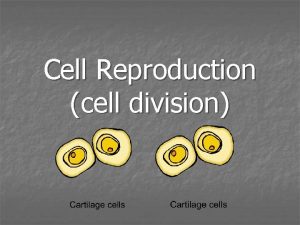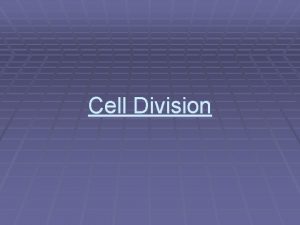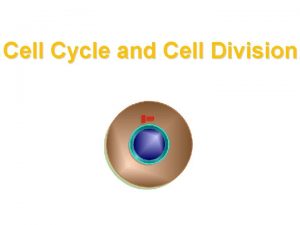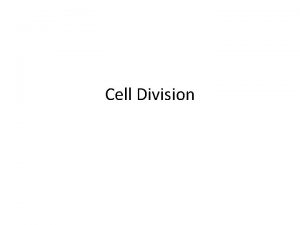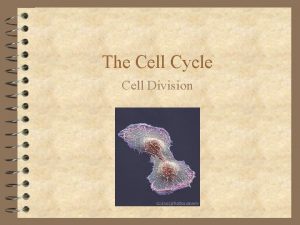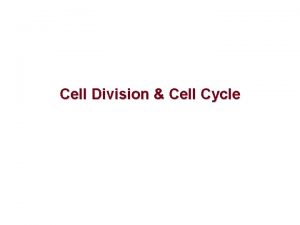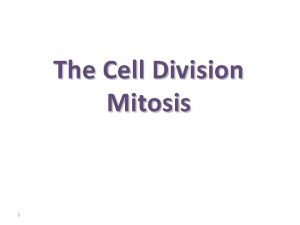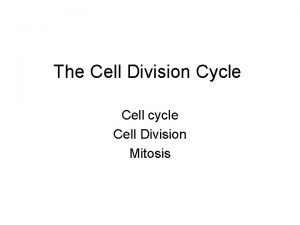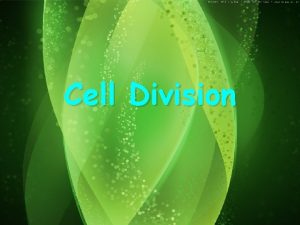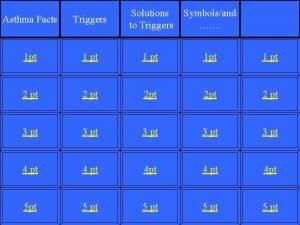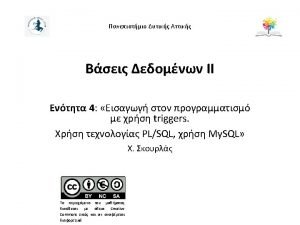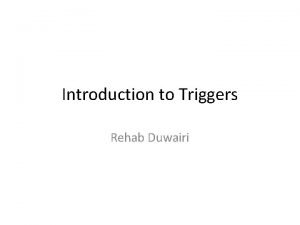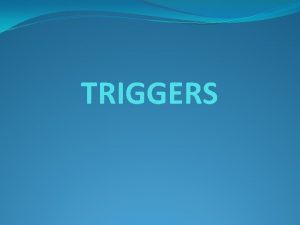Cell Division Unit 11 What triggers division How

































- Slides: 33

Cell Division Unit 11 • What triggers division? • How does division happen? • What can happen when division goes wrong?

Division as Reproduction. o In your body right now, there are trillions of cells, but you started out from just one cell. Where did all of those cells come from? You know a baby is much smaller than an adult – how does the smaller body of a baby grow into the larger body of an adult

Types of reproduction: Asexual Reproduction Sexual Reproduction

DNA and chromosomes When cells divide, the genetic material inside the nucleus must also divide. o Genes are segments of the DNA molecules that function to: 1) Act as a template formation of m. RNA strands used in protein synthesis. 2) Act as a unit of hereditary information to carry the genetic information from parent to offspring. o Genome _________________ o

DNA comes in various forms depending on the type of organism: 1) Prokaryotes (bacteria and Cyanobacteria) a) ____________________ and b) ____________________ o o 2) Eukaryotic cells have a larger genome. Genes are distributed on several pieces of DNA called _______________.

Prokaryotic Cell Cycle 20 min/cycle! o Part 1 - Growth and DNA replication o Part 2 - Binary Fission


Eukaryotic cells – 2 types of division o Mitosis – asexual reproduction - 1 round of division – identical offspring – somatic cells o Meiosis – sexual reproduction – two rounds of division - genetically distinct but similar offspring – gametes – genetic info reduced by half often called a REDUCTION DIVISON

Eukaryotic Cell Cycle differentiation

The form of DNA in Eukaryotic cells depends upon whether the cell is dividing or nondividing: Note: no matter which FORM – chromatinchromosomes-

Why would it be an advantage to have the DNA in the form of chromatin in a non-dividing cell? Why does the DNA condense into chromosomes before cell division?

Chromosomes : Telomeres Centromeres Two configurations of chromosomes: 1) Single arm chromosomes _________. 2) Double-arm chromosomes are made up of paired, genetically identical chromatids, called ______ are joined at the ________.

Chromosome Pairs: o o Each of your body cells has ______ total chromosomes which come in pairs. You have ______ pair. 22 of those pairs are very similar to each, with the same genes, and homologous chromosomes. These are ________ 1 of those pairs contains sex chromosomes. Female have 2 sex chromosomes that are homologous; or XX Males have X and Y, these are not homologous and contain different genes.

Karyotype Picture of the pairs of chromosomes in a human cell:

o Half of your chromosomes came from _______. o The other half is from _____________. o Chromosome pairs are called ___________ o _____________ (chromosome pairs) are given numbers based on microscopic characteristics. Homologous chromosomes have: o _____________________________________________ o _______________________

What is the chromosome pair or ________ for the #13 chromosome you received from your father? _______________ Human body cells contain both homologs of a homologous pair, and are considered to be diploid, or 2 n. o In humans, the diploid number is ______. Human sex cells contain only 1 homolog of the homologous pair, and are considered to be haploid. o In humans, the haploid number of chromosomes is _____. o

Chromosome Number Organism Diploid* number of Chromosomes in each cell. goldfish 94 chimpanzee 48 human _____ brown bat 44

The Cell Cycle: This continual cycle of cell division that produces genetically identical cells (clones) occurs in three phases: o interphase: ________________ o mitosis: __________________ o cytokinesis: ________________ What form is the genetic material in each phase of the cell cycle?


o At this exact moment, what phase of the cell cycle would most of your body cells be in? ______ Rate of Division: What about skin cells? Nerve cells? Bone cells?

Summary of Events in the Process of Mitosis and Cell Division: Begin with: ____ of pieces of chromatin DNA Replication Condense DNA Split Chromatids ____ replicated chromatin ______ double armed chromosome ______ single armed chromosome End with: _____ of pieces of chromatin per cell

PHASES OF THE CELL CYCLE: I. INTERPHASE _____________________________ o What types of processes might be taking place in a cell during interphase? __________________ o Is the cell shown below an animal or plant cell? o

o G 1 phase o S phase o G 2 phase

II. MITOSIS o Prophase

o Metaphase

o Anaphase

o Telophase

Cytokinesis CYTOKINESIS differs between plants and animals: 1) Furrow-in animal cell ______________ 2) Cell plate in plant cells ______________

Factors that affect the rate of division and the progression through the cell cycle. From the inside of the cell: 1. Type/species of organism 2. Type of cell: ex. skin, stomach, embryonic cells frequently divide while mature nerve, blood and muscle cells do not divide Both 1 and 2 are pre-programmed into the DNA of each organism. 3. Size of cell (SA/V ratio), nutrients available, and density of cells.


o Check of chromosome status- o presence or absence of CYLCIN – o Age of Cells:

From the outside: o Growth factors:

So what is cancer? It is: causes:
 Section 10-2 cell division
Section 10-2 cell division Cell cycle and cell division
Cell cycle and cell division Cell cycle and cell division
Cell cycle and cell division Chromosomes
Chromosomes Triggers and stored procedures
Triggers and stored procedures Seeking safety worksheets
Seeking safety worksheets Triggers of mass movement
Triggers of mass movement Social deixis examples
Social deixis examples Design synectics
Design synectics Triggers of mass movement
Triggers of mass movement Presupposition triggers
Presupposition triggers Presupposition triggers
Presupposition triggers Art synetics
Art synetics Synectics definition
Synectics definition Physical signs of anger
Physical signs of anger Triggers and assertions
Triggers and assertions Mudflow definition geography
Mudflow definition geography Wide open triggers
Wide open triggers Art synectics
Art synectics Chocolate migraine mnemonic
Chocolate migraine mnemonic Epilepsy trigger
Epilepsy trigger What triggers a dot audit
What triggers a dot audit Active database concepts and triggers
Active database concepts and triggers Triggers and active database in dbms
Triggers and active database in dbms Logic app multiple triggers
Logic app multiple triggers Misophonia
Misophonia What are the different events in triggers mcq
What are the different events in triggers mcq Unit 6 review questions
Unit 6 review questions Cell city analogy project
Cell city analogy project Advantages and disadvantages of diaphragm cell process
Advantages and disadvantages of diaphragm cell process Prokaryotic vs eukaryotic cell
Prokaryotic vs eukaryotic cell Prokaryotic reproduction
Prokaryotic reproduction Animal and plant cell venn diagram
Animal and plant cell venn diagram Half cell reaction
Half cell reaction




